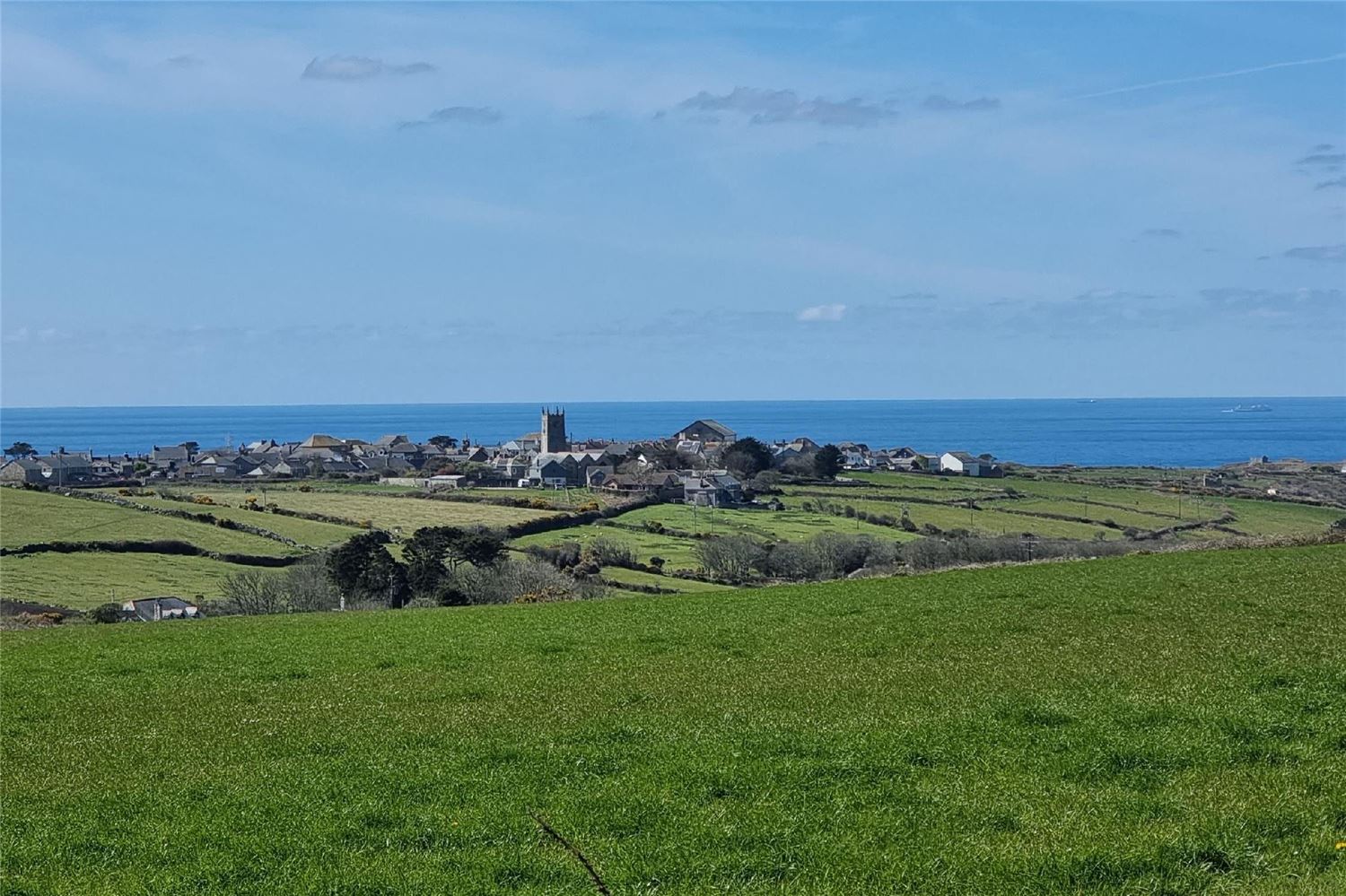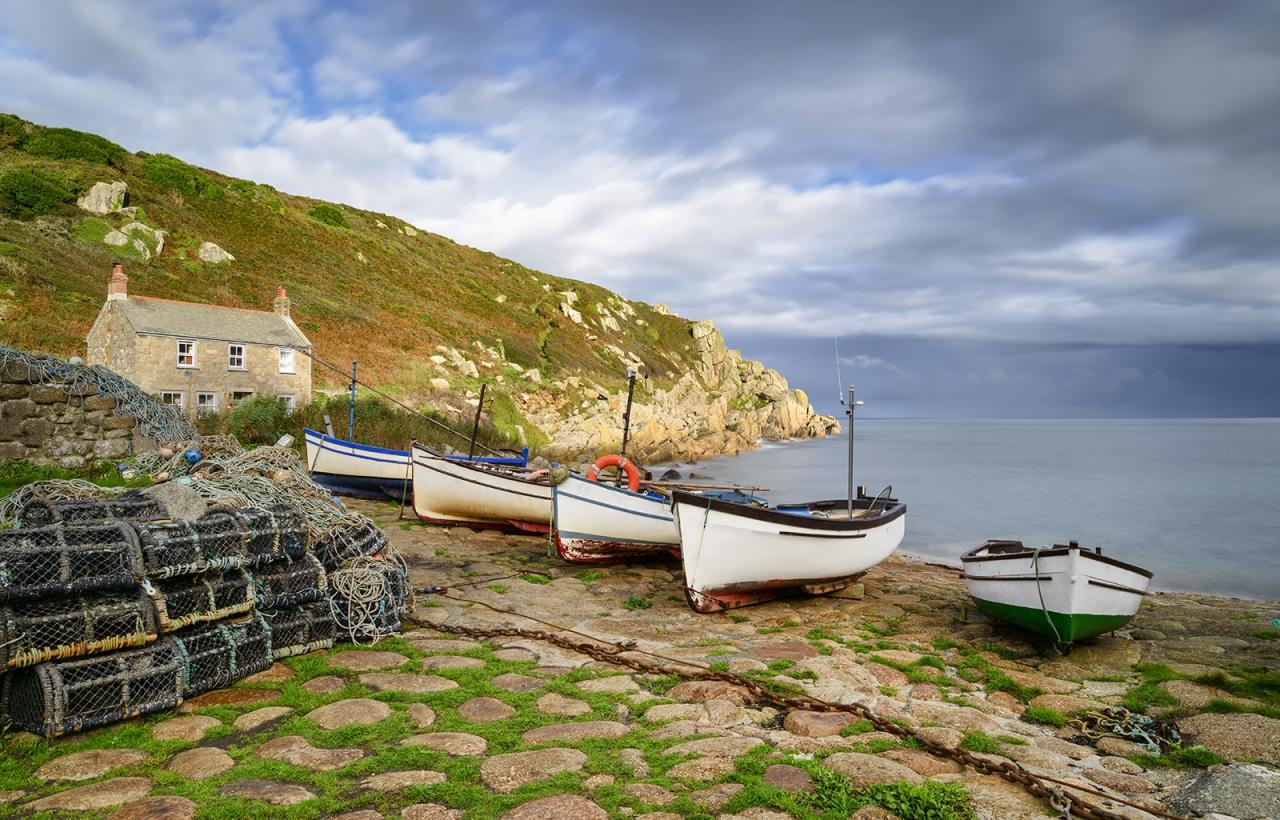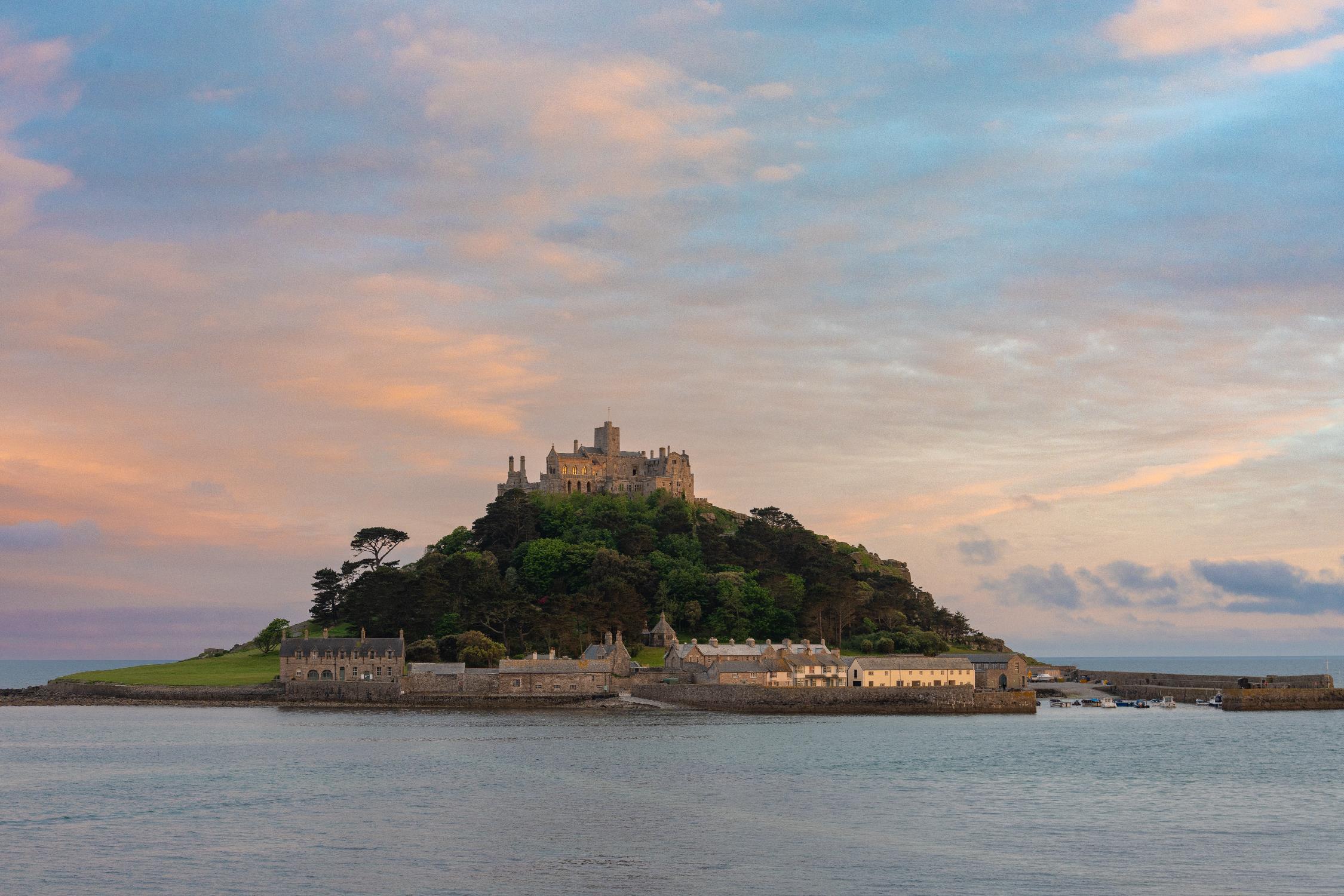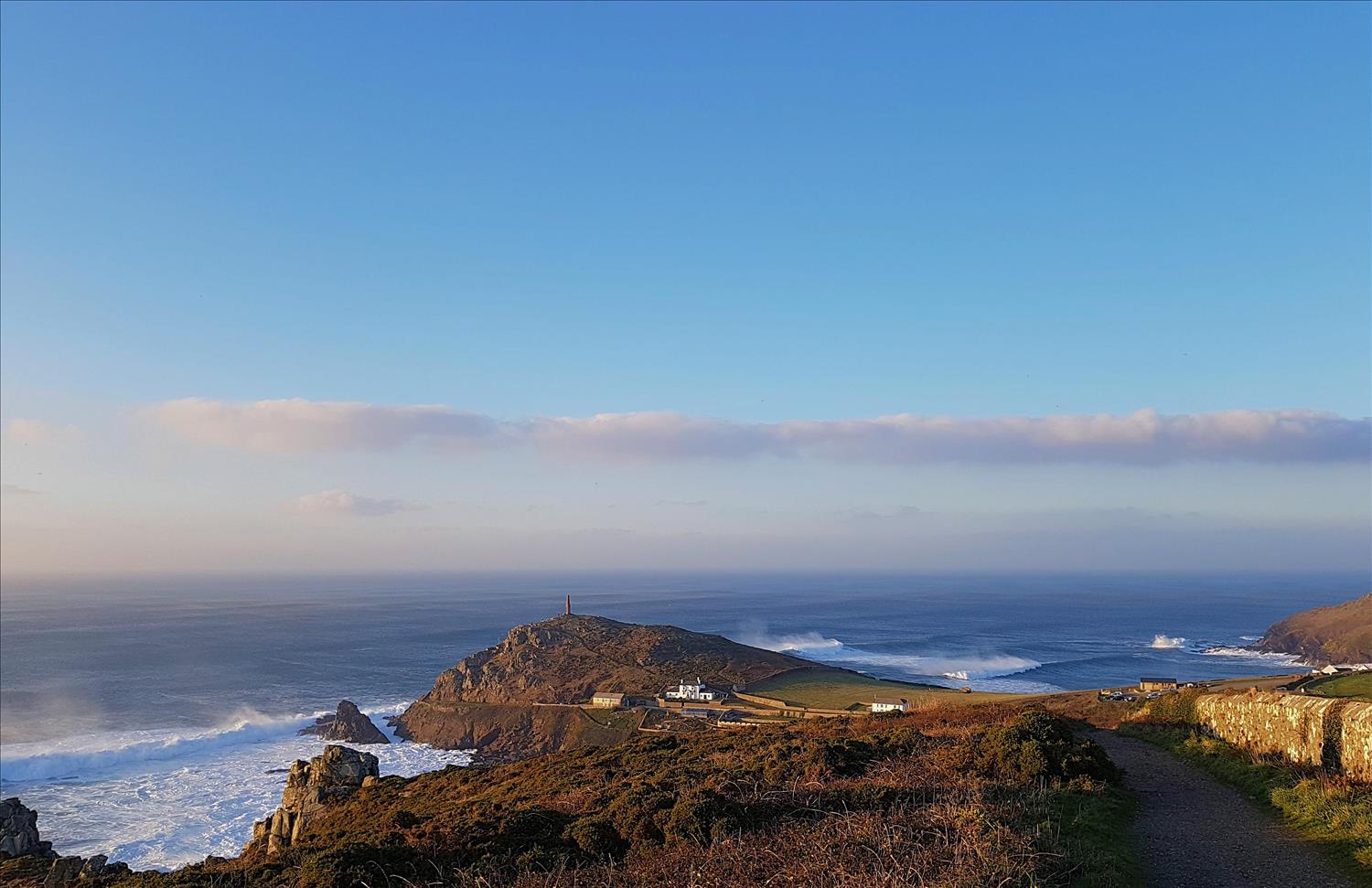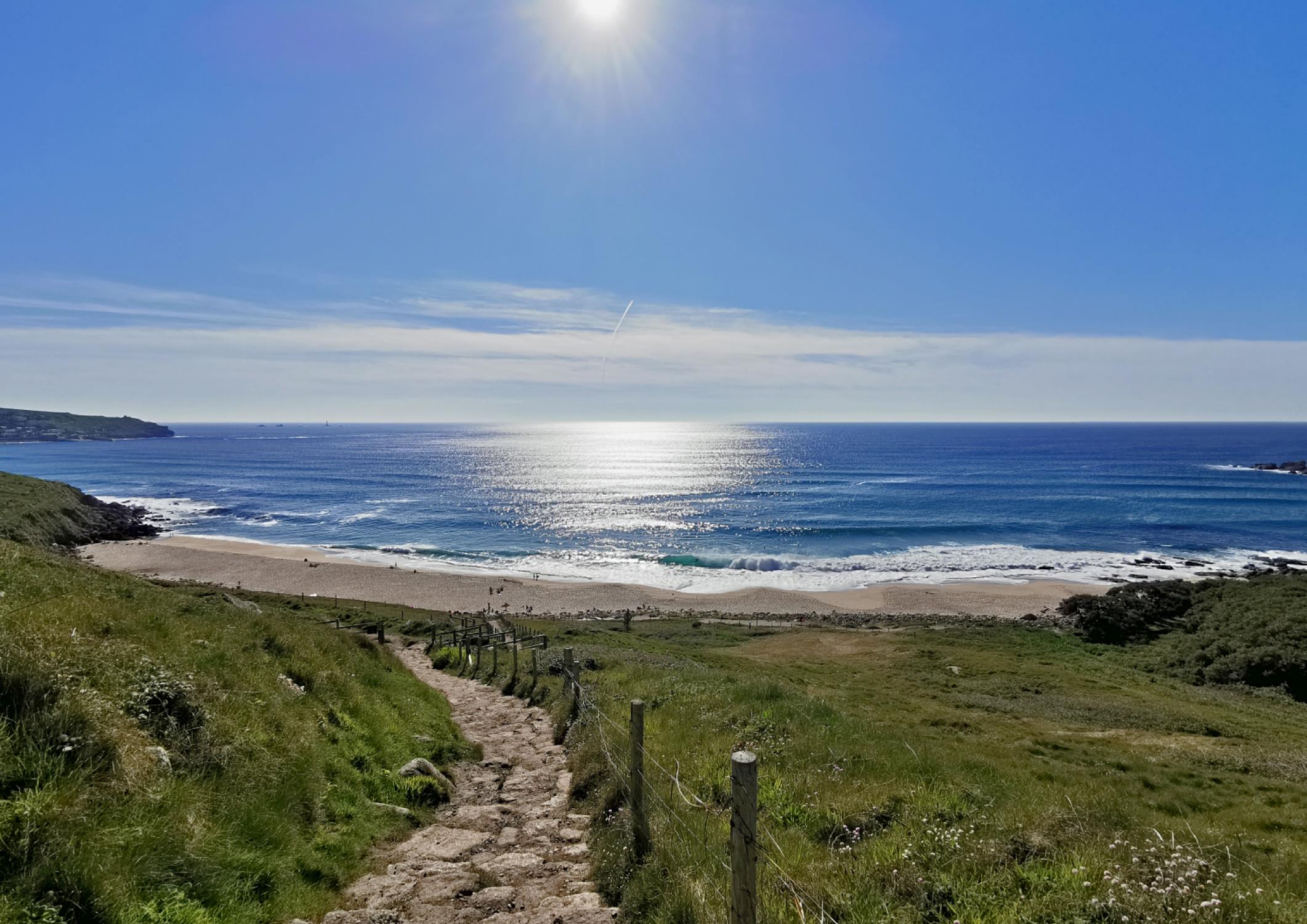.png?c=1740654943536)
.png?c=1740654943536)
WEST CORNWALL
This is an enchanted land where we’re delighted to welcome visitors from across the world, many of them come back year after year, and some settle here for good.
It’s a land of beautiful beaches, the rugged wild coastline dotted with iconic mine engine houses, big skies and barren moors. There’s something different around every corner, and with our weather so influenced by the sea, even the same scene constantly changes.
The area covering the wider West Cornwall varies depending who you talk too. For our purposes it stretches from roughly Porthleven in the East up to Camborne and back west all the way to Land's End. West Penwith which we term the far west is the the most westerly tip of Cornwall from Penzance to the western edge. Next stop America!
The far west has attracted artists for centuries, and I’m sure you’ll soon see why. Their influence has lent us a rich cultural legacy of galleries, theatre and exhibitions that exceeds what you’d expect from our small peninsula.
We can’t hope to cover everything there is to see, or that’s going on. However we’ve enjoyed taking the opportunity to pull together a few favourites here and will leave plenty more information for you when staying in our cottages. We hope this helps you enjoy the far west so explore our guides to the beaches, the things to do and the places to go.
A LITTLE HISTORY OF WEST CORNWALL

West Penwith has been settled since Neolithic times and evidence of ancient farming can be seen in the field systems around Zennor on the north coast. We’re told these are among the world’s oldest working structures still in use. Explore with an OS map and you’ll come across many ancient sites on the moorlands of West Penwith.
The area has been important for mining since the Bronze Age with copper, tin and china clay all extracted locally and bringing mass influxes of people in times of plenty. The diaspora following the collapse of the tin price continued from the 1860s through until the first world war and there are pockets of ex-pat Cornish communities wherever there is mining in the world.
Today the distinctive remains of the mine engine houses dot the countryside, none more dramatic than the Crown Mines on the cliff’s edge beneath Botallack.
Fishing remains important, although not to the degree of times when the sea heaved with millions of pilchards. You’ll see some amazing photos of catches in pubs such as The Old Success. Today Newlyn lands the country’s largest catch of fish.
These industries nurtured a fine engineering heritage in the far west, most notably at Hayle where Harvey’s Foundry produced massive engineering products as varied as boilers for steam ships, beams for the mines and even Barbara Hepworth’s early cast sculptures.
Penzance’s Humphrey Davey, fellow of the Royal Institution, chemist and inventor discovered many elements, but most importantly for us, invented the miner’s safety lamp. This handy device didn’t ignite the methane present in much mineral and coal extraction and probably saved many lives.
